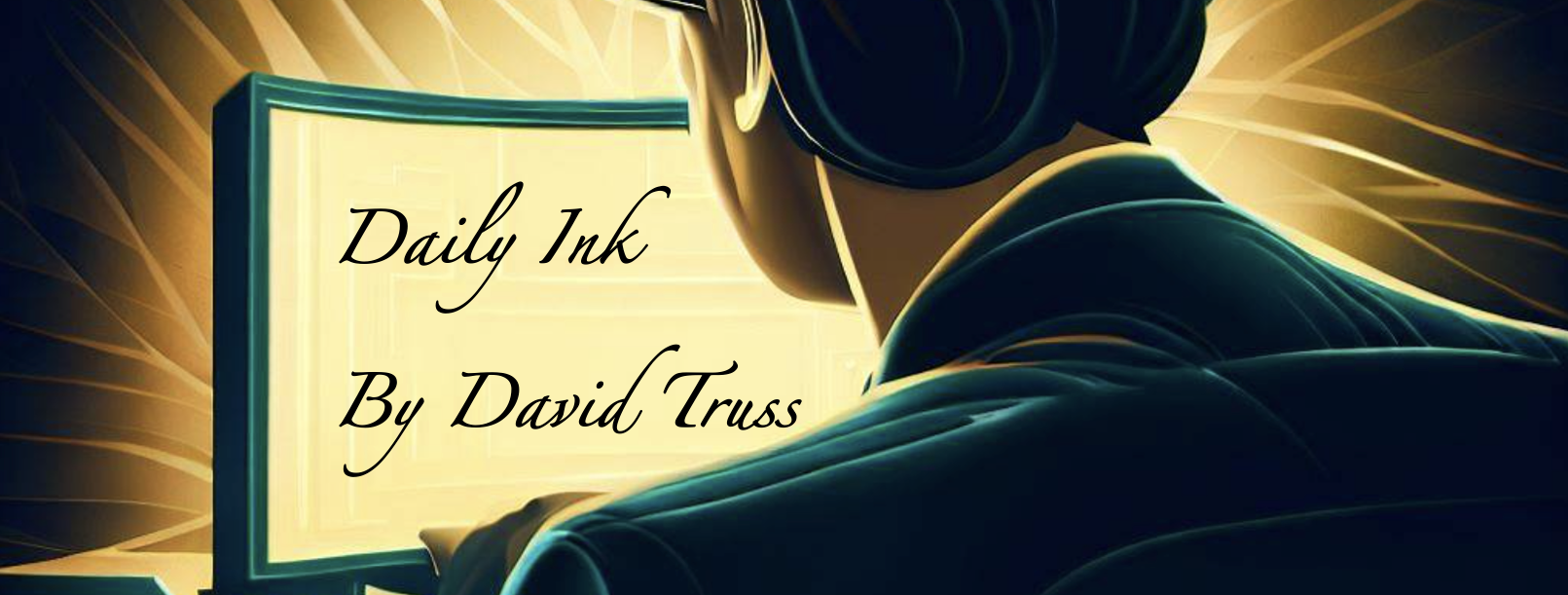Since March there have been so many new demands on educators. The path has not been easy. And the new school year has added many more expectations compared to having 70% of the year already completed, when Covid-19 brought with it the new phrase, ‘remote learning’.
How do I do effective group work with students one or two meters apart? How do I do collaborative projects and minimize the sharing of resources? How do I facilitate student-to-student communication when some students are in class and the rest are learning from home? How do I effectively engage students working from home on web conferencing tools. These and many more questions combine to overwhelm educators who are coping with learning on the fly as they navigate a new frontier.
It really isn’t easy.
—
Let’s pause here and think about our students:
How does it feel to be new to a country, not know the language, and have to learn, when everything said needs to be translated and most words are not understood?
How does it feel to be introduced to y=mx+b when you struggle with Math, and never really understood how ‘x‘ was a number, and fractions confuse you?
How does it feel to have to learn the krebs cycle when the chemistry and vocabulary is all totally new to you?

How are you supposed to interpret the meaning of a story when every 5th word is either new to you or seems out of context related to the words around it?
How are you supposed to work from home when the home environment is filled with distractions and interruptions that don’t happen at school?
—
While educators struggle to learn in new environments and with new tools, let’s pause and think about how hard learning is for some of our kids, who are also learning in new environments and with new tools… and new content they have never seen before.










